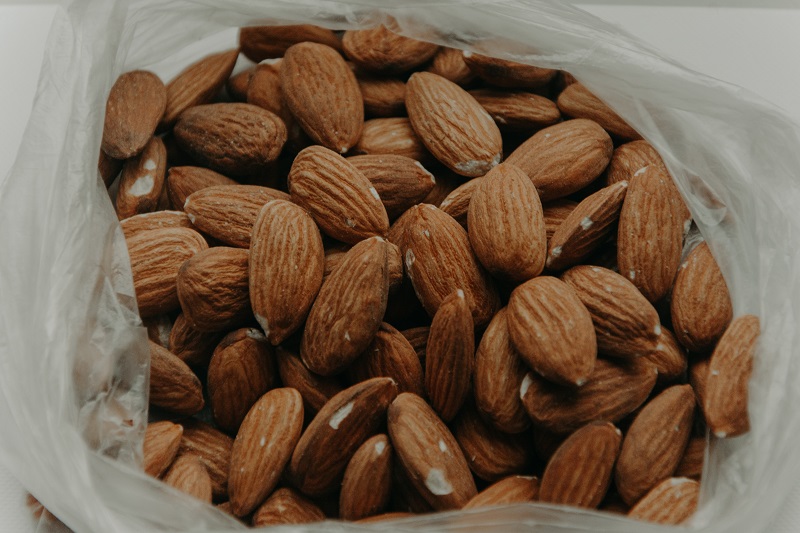Indoor Farming Insider Talks About Evolution of the Sector

CEAg World, Meister Media Worldwide’s newest brand, recently caught up with a digital nomad passionate about progress, Henry Gordon-Smith, Founder and CEO of Agritecture, an advisory services and technology firm focused on climate-smart agriculture, particularly urban and controlled-environment agriculture (CEA). He has spent the last decade traversing the globe, advancing climate-smart, controlled-environment farming. He spoke about the past, present, and future of greenhouse produce with the following highlights from that talk.
A decade of greenhouse evolution – Gordon-Smith says the past 10 years saw rapid acceleration of North America’s greenhouse produce industry. He notes three primary drivers behind that trend:
- demand for clean and local food, whether from low- or high-tech greenhouses
- awareness of climate change and the need for resilience in food production
- rapid technological advances and related cost reductions, e.g., economical LED lighting
Greenhouses vs. vertical farms – In recent years, Gordon-Smith says, greenhouses were overshadowed by vertical farming. While massive increases in vertical farming investment were followed by staggering decline, greenhouses remained stable in their growth, making them more attractive and dependable in investors’ eyes. “It’s been this really interesting spillover effect, to see vertical farming rise and fall and how that has benefited greenhouses,” he says.
Impact of novel technology – Gordon-Smith emphasizes that greenhouse advances aren’t exclusively high tech. He points to some “novel interventions,” such as heat-blocking, season-extending greenhouse roofs, which can dramatically improve production in demanding climates for low- and high-tech producers.
Automation and green jobs – While automation benefits profitability, food safety and more, Gordon-Smith says it’s benefiting the greenhouse labor outlook as well. He notes that jobs in automated farms may be viewed as more meaningful. “Greenhouses have this very exciting future now where you can have high-paying jobs — reasonably high-paying jobs — doing something green and working with robots,” he says.
Shift to specialty crops – While most greenhouse growers remain focused on what can be considered commodity crops, Gordon-Smith sees more new and existing growers moving into uncommon specialty crops with better margins. Mentioning vanilla and dragon fruit as examples, he expects this shift will lead to more greenhouses fully customized for specific specialty crops.
For more of the interview with Henry Gordon-Smith, continue reading at CEAgWorld.com.










